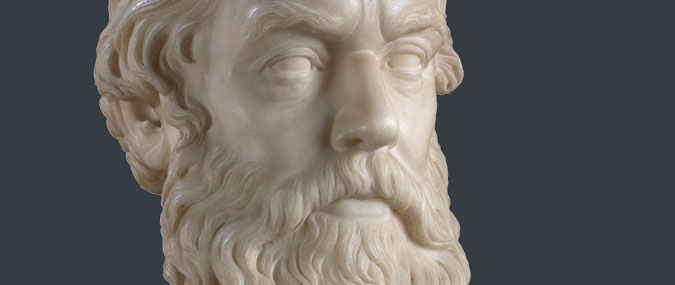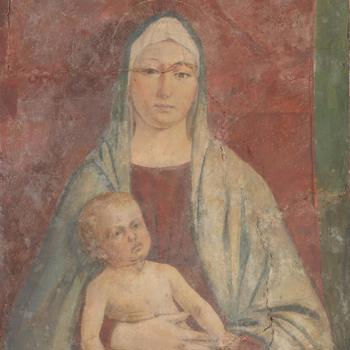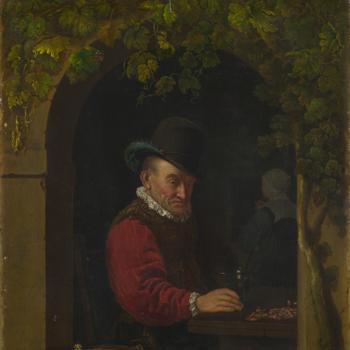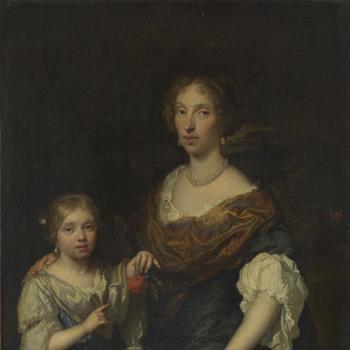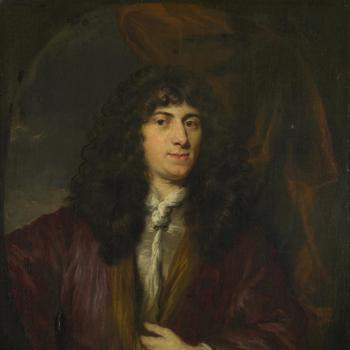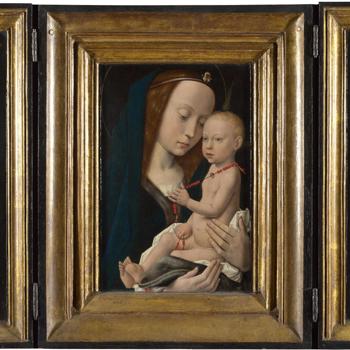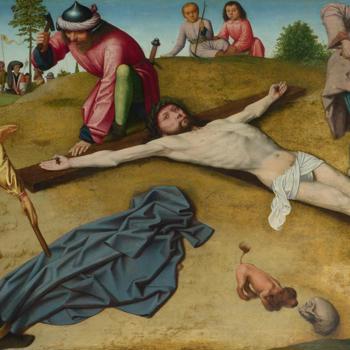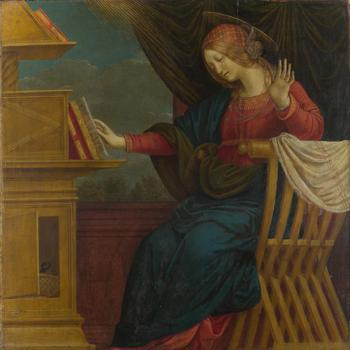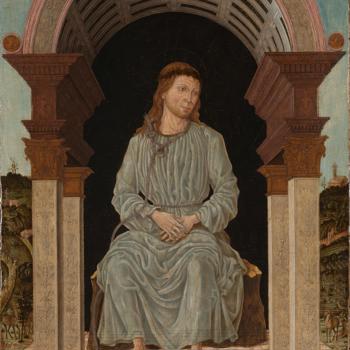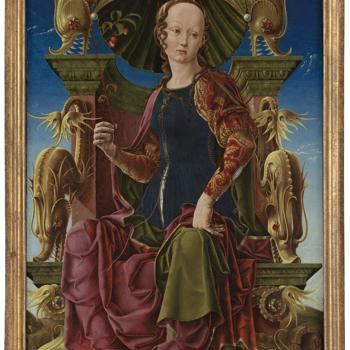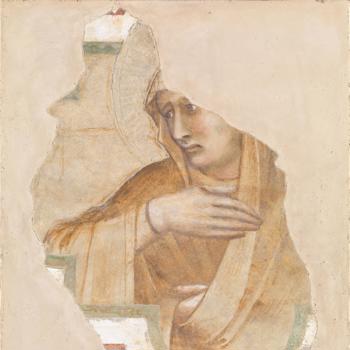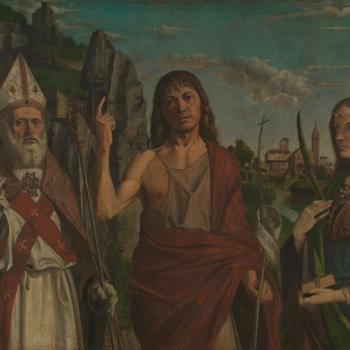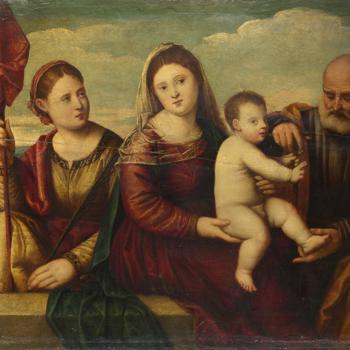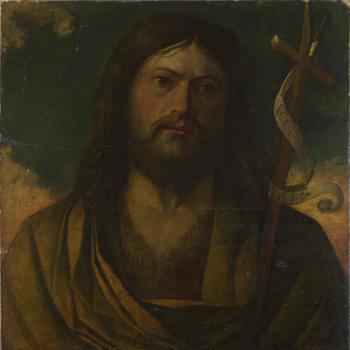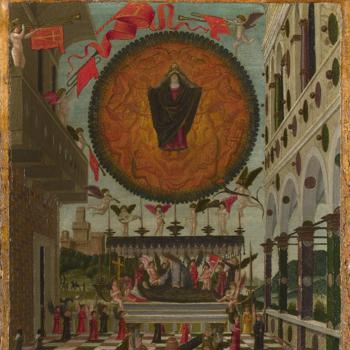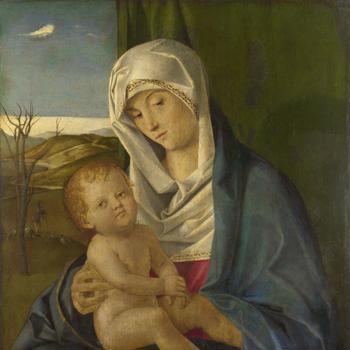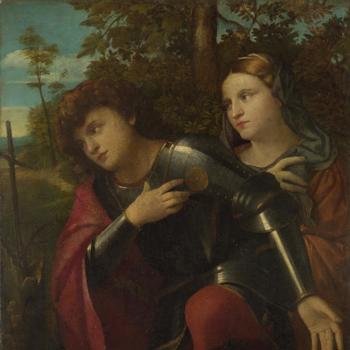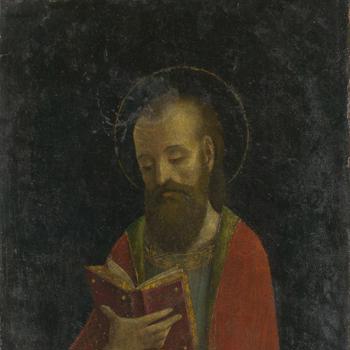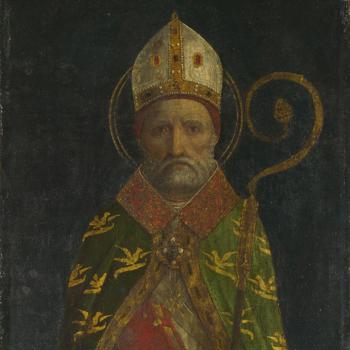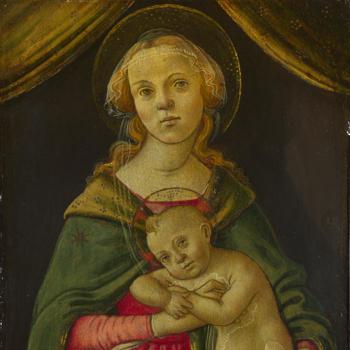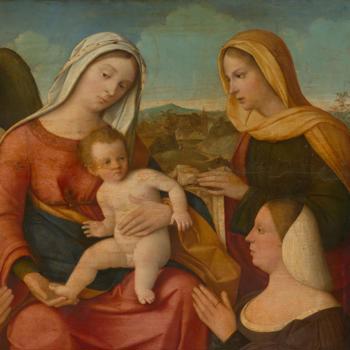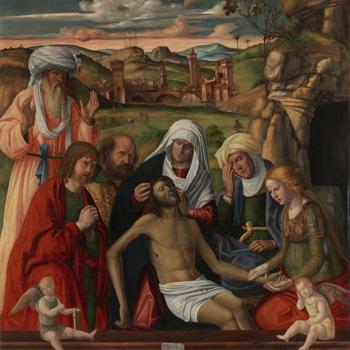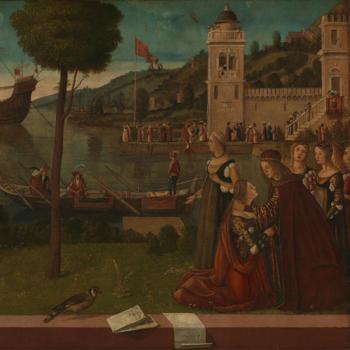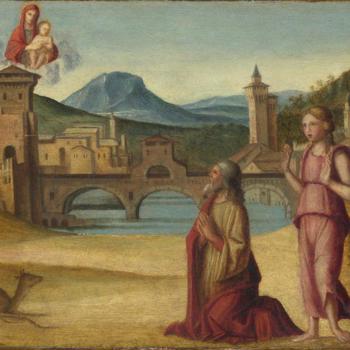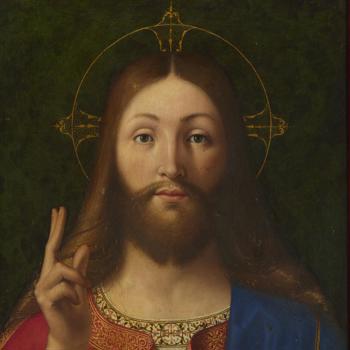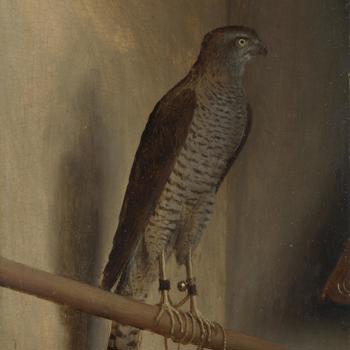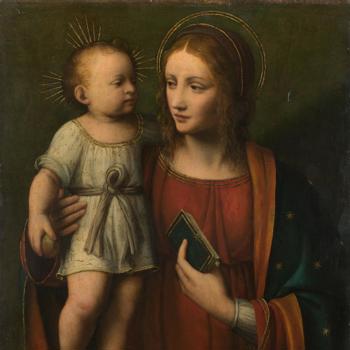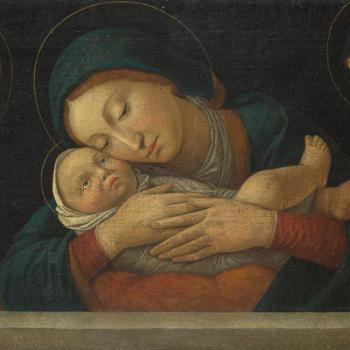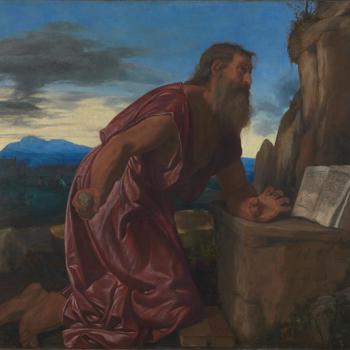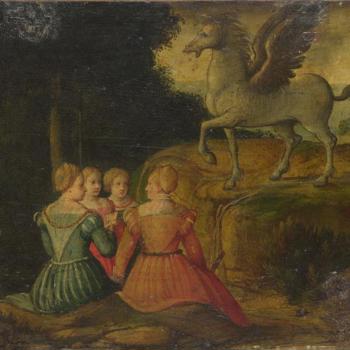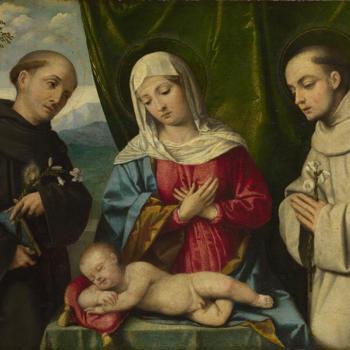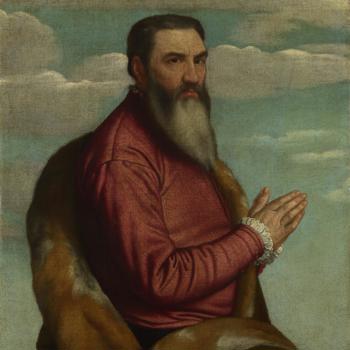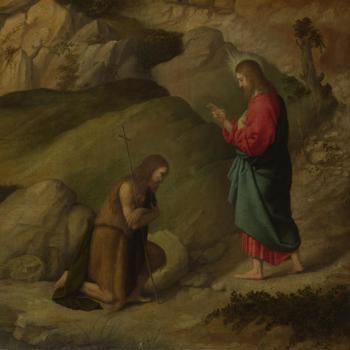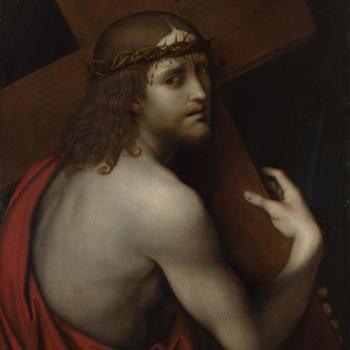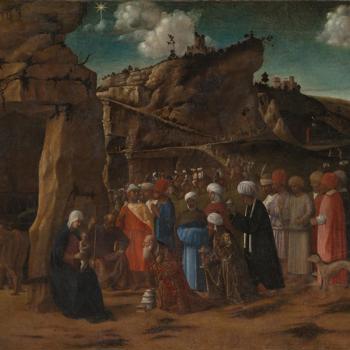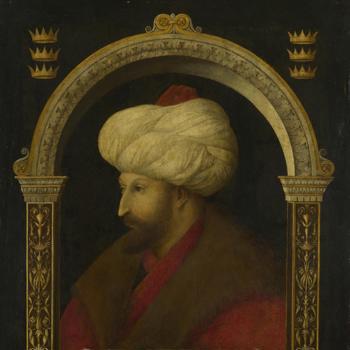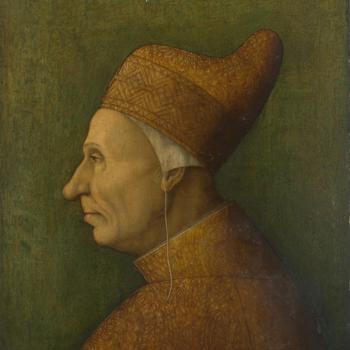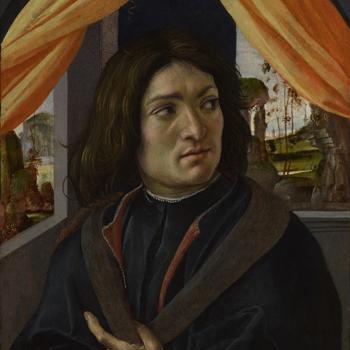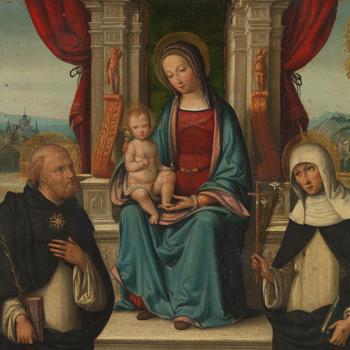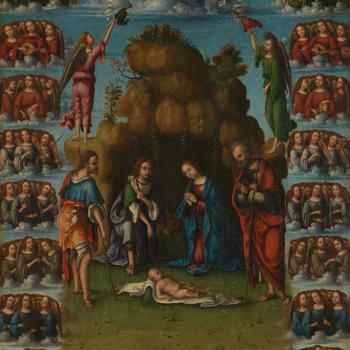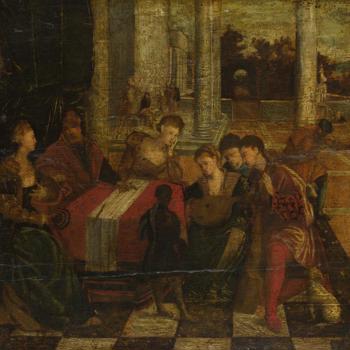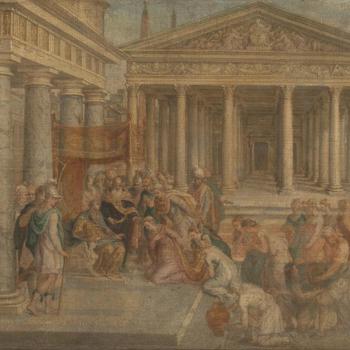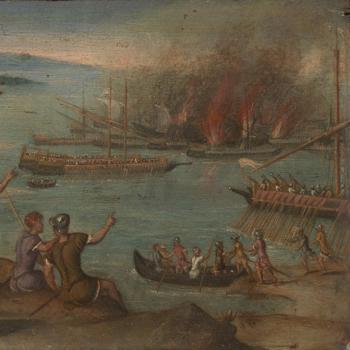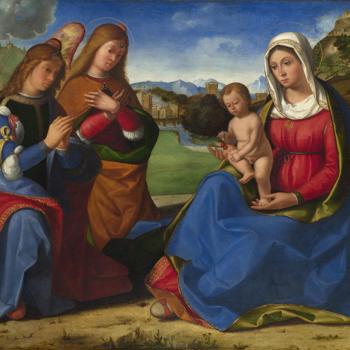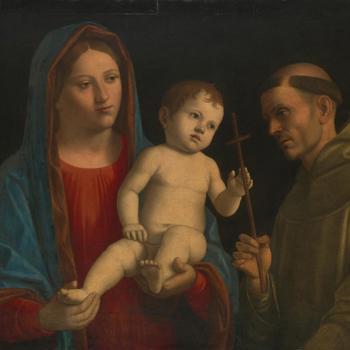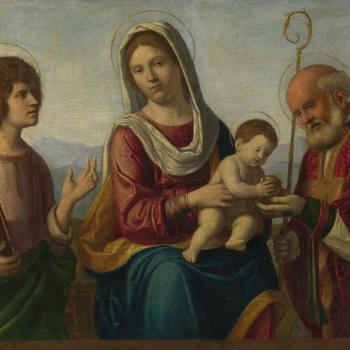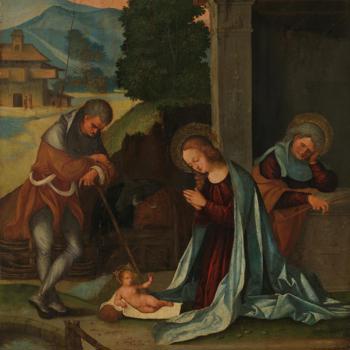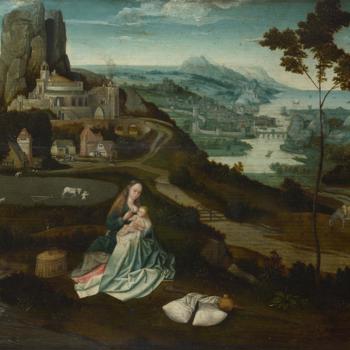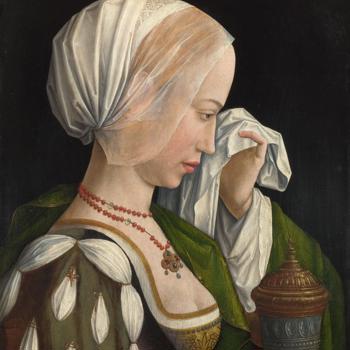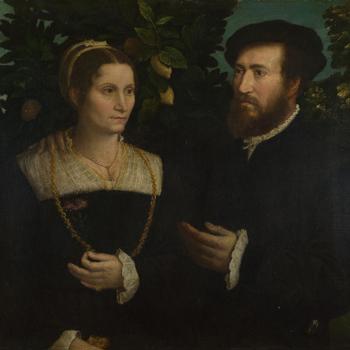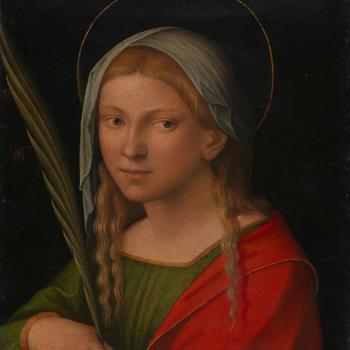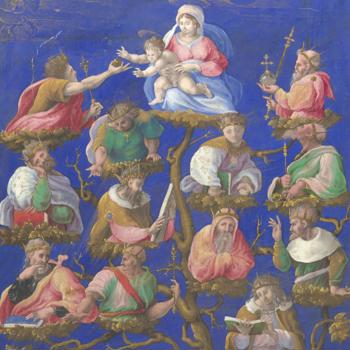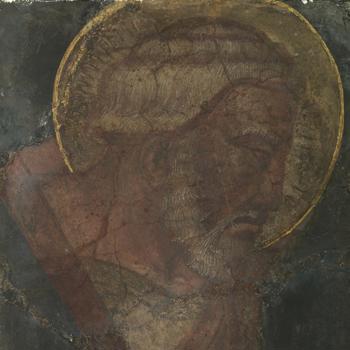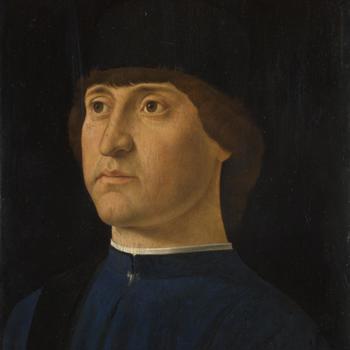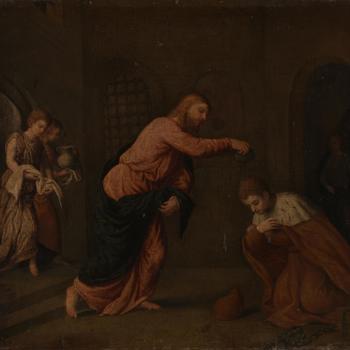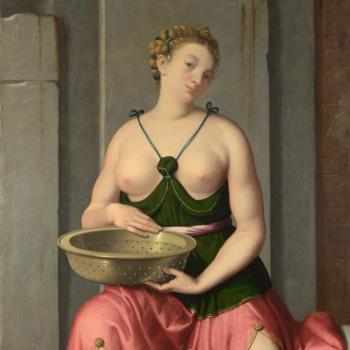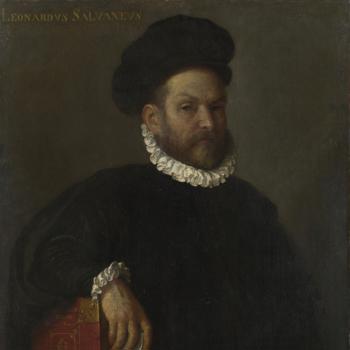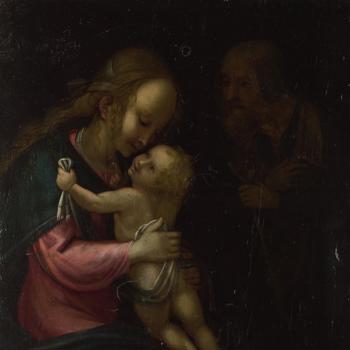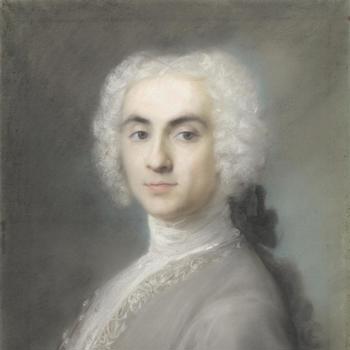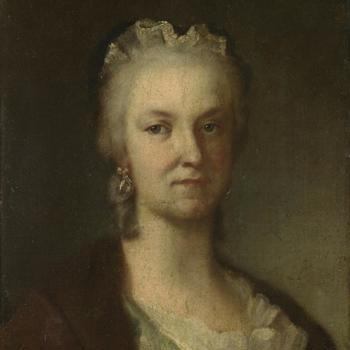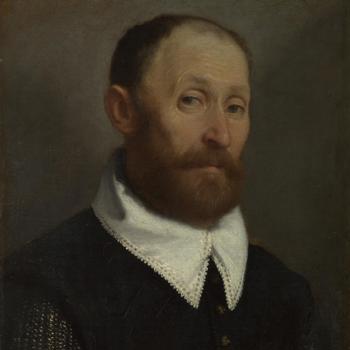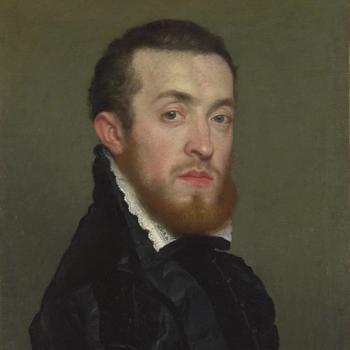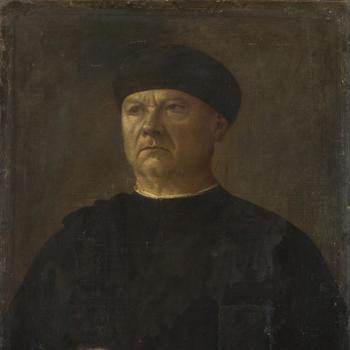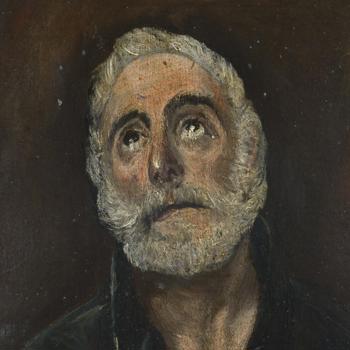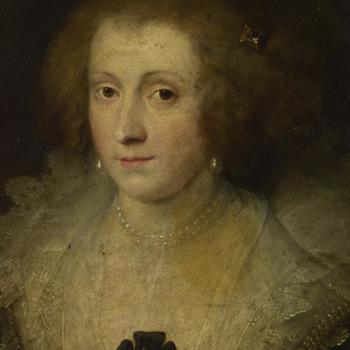Biography
Sir Austen Henry Layard was born in Paris on 5 March 1817 and spent many of his formative years in Italy. The Layard family returned to England in 1829.
Travels
After the death of his father in 1834, Layard entered the law firm of his uncle but was unable to settle into a legal career. Instead, in 1839 Layard and a companion, Edward Mitford, set out for Sri Lanka (then Ceylon). They travelled together overland as far as Iran (then Persia), parting company on 20 August 1840.
Mitford carried on to Sri Lanka. Meanwhile Layard spent the next couple of years alternating between Baghdad and life among the Bakhtiari people, who live in the mountainous region which now forms the modern border between Iran and Iraq.
Archaeology
In 1842 Layard travelled to Istanbul (then Constantinople) and was engaged by Sir Stratford Canning, the British Ambassador to Turkey. In 1845 Canning dispatched Layard to seek out the site of the ancient Assyrian city of Nineveh. Between 1845 and 1851 Layard excavated the cities of Nimrud and Nineveh, sending many of the artefacts back to England and into the collection of the British Museum.
Politician
On his return to England in 1851, Layard entered politics and served as MP for Aylesbury (1852–1857), Under Secretary for Foreign Affairs (1853 and 1861–1866), MP for Southwark (1860–1869), and Chief Commissioner of Works (1868–1869). Layard was the British Ambassador to Spain (1869–1877) and Turkey (1877–1880).
In 1884 he retired to his house in Venice, Ca' Capello, with his wife Enid whom he had married in 1869. A Trustee of the National Gallery from 1866, Layard was a keen art historian and a collector of early Italian art. He died in London on 5 July 1894.
Bequest to the Gallery
Layard bequeathed the bulk of his art collection to the National Gallery, leaving a life interest to his wife who continued to live in Venice. However, in 1902 Italy passed a new law on the export of works of art. This law allowed the Italian authorities to draw up a list of paintings which they deemed of such supreme artistic value that they could not be exported.
The Italians intended to register (or ‘vinculate’) the following seven paintings:
- The Sultan Mehmet II attributed to Gentile Bellini
- The Adoration of the Kings attributed to the workshop of Giovanni Bellini
- The Virgin and Child attributed to Giovanni Bellini
- The Departure of Ceyx by Carpaccio’
- The Entombment by Busati
- A Muse by Cosimo Tura
- Portrait of a man by Jacometto
The British authorities managed to prove that all the paintings except the Jacometto had already been exported and re-imported to Italy and therefore these six paintings were exempted from ‘vinculation’.
The Layard collection
In 1913, following Lady Layard’s death (1 November 1912), 11 pictures kept in London came to the Gallery: eight British pictures (now at Tate) and three Dutch paintings. However, 77 paintings (chiefly Italian pictures) remained in Venice, and were subject to a new law governing the export of works of art which had been passed in Italy in 1909. In addition, English solicitors acting on behalf of Layard’s heir, Major Arthur Layard, submitted a claim for all the portraits in Layard’s collection. This was due to ambiguity over the following phrase in his will:
'the portraits of myself and all my family and other portraits I give and bequeath to my nephew Arthur Austen Macgregor Layard.'
Lady Layard had interpreted that this meant only more modern portraits of the family, but Major Layard interpreted it as all portraits.
Legal settlement
In 1914, after lengthy negotiations Layard’s paintings were finally permitted to leave Italy, following the intervention of the Italian prime minister.
Due to concerns about their safety in transit during the First World War, they were not transported to London until 1916. Having lost his initial law suit and appeal, Major Layard appealed to the House of Lords. Here the case was finally settled. On 16 March 1917 Major Layard agreed to withdraw his claim in return for a settlement of £17,000.

